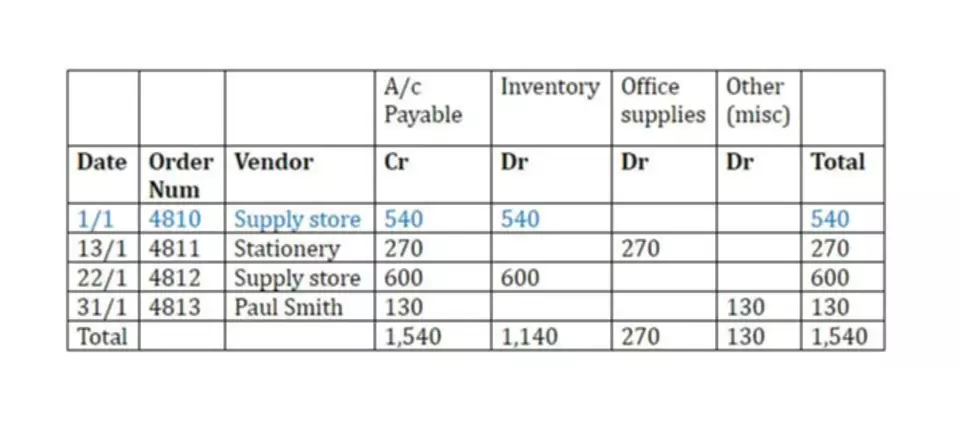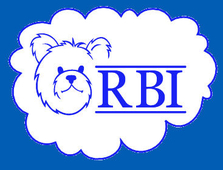Content

In the first case, the trend of the current ratio over time would be expected to harm the company’s valuation. Meanwhile, an improving current ratio could indicate an opportunity to invest in an undervalued stock amid a turnaround. While the value of acceptable current ratios varies from industry, a good ratio would often be between 1.5 and 2.
- The current ratio describes the relationship between a company’s assets and liabilities.
- ProfitabilityProfitability refers to a company’s ability to generate revenue and maximize profit above its expenditure and operational costs.
- The fundamental difference between both is that quick ratio is a more conservative indicator of liquidity.
- The current ratio is calculated by dividing a company’s current assets by its current liabilities.
- First, the quick ratio excludes inventory and prepaid expenses from liquid assets, with the rationale being that inventory and prepaid expenses are not that liquid.
As you have seen, the current ratio is one of various ratios commonly used by accountants and investors to evaluate a company’s financial health in terms of its liquidity. Another popular liquidity ratio is the quick ratio, which you can learn more about in our blog. The current ratio is a liquidity ratio that measures a company’s ability to pay short-term liabilities with its current assets. The liquidity ratio measures a company’s ability to meet its short-term obligations using only its short-term assets. The quick ratio and the current ratio fall under the category of financial ratios called “liquidity ratios”.
Current liabilities
The Current Ratio is a measure of a company’s near-term liquidity position, or more specifically, the short-term obligations coming due within one year. ProfitabilityProfitability refers to a company’s ability to generate revenue and maximize profit above its expenditure and operational costs. It is measured using specific ratios such as gross profit margin, EBITDA, and net profit margin. You may note that this ratio of Thomas Cook tends to move up in the September Quarter. Accrued ExpensesAn accrued expense is the expenses which is incurred by the company over one accounting period but not paid in the same accounting period.

This https://www.bookstime.com/ term provides a measure of a company’s ability to meet short-term financial obligations. It’s calculated by subtracting cost of goods sold from sales revenue. Here’s how you can use gross profit, and the gross profit margin, to measure your business’s production efficiency. While a trial balance is not a financial statement, this internal report is a useful tool for business owners. It is also used at audit time to see the impact of proposed audit adjustments. The debt-to-Equity ratio divides total liabilities by total shareholder equity.
Cash Flow Forecasting & Management
WIP inventory includes materials released from the inventory for the process but not yet completed. The accounting system accounts for the semi-finished goods in this category. Deferred RevenuesDeferred Revenue, also known as Unearned Income, is the advance payment that a Company receives for goods or services that are to be provided in the future. The examples include subscription services & advance premium received by the Insurance Companies for prepaid Insurance policies etc. A solvency ratio is a key metric used to measure an enterprise’s ability to meet its debt and other obligations.

The current ratio, also known as the working capital ratio, measures the capability of a business to meet its short-term obligations that are due within a year. The ratio considers the weight of total current assets versus total current liabilities. It indicates the financial health of a company and how it can maximize the liquidity of its current assets to settle debt and payables.
What is the Current Ratio?
In some cases, we receive a commission from our partners; however, our opinions are our own. Instead, we should closely observe this ratio over some time – whether the ratio is showing a steady increase or a decrease. The ratio is only useful when two companies are compared within industry because inter industry business operations differ substantially. Investopedia requires writers to use primary sources to support their work.

For the last step, we’ll divide the Current Ratio assets by the current liabilities. The current ratio reflects a company’s capacity to pay off all its short-term obligations, under the hypothetical scenario that short-term obligations are due right now. Bankers pay close attention to this ratio and, as with other ratios, may even include in loan documents a threshold current ratio that borrowers have to maintain. Most require that it be 1.1 or higher, says Knight, though some banks may go as low as 1.05. The resulting figure represents the number of times a company can pay its current short-term obligations with its current assets. Two things should be apparent in the trend of Horn & Co. vs. Claws Inc.
New Edexcel A Level Business (Year Numerical Assessment
The cash ratio is the strictest measure of a company’s liquidity because it only accounts for cash and cash equivalents in the numerator. Dividing your total current assets by your total current liabilities determines how much of your current liabilities can be covered by your current assets. You now know how to calculate the current ratio and how to interpret its value.
- The business currently has a current ratio of 2, meaning it can easily settle each dollar on loan or accounts payable twice.
- As a result of the lengthy cash cycle, the stock is not a very ‘liquid’ asset.
- No trick question here—accounts receivable is exactly what it sounds like.
- While the value of acceptable current ratios varies from industry, a good ratio would often be between 1.5 and 2.
- If inventory turns into cash much more rapidly than the accounts payable become due, then the firm’s current ratio can comfortably remain less than one.



Add Comment